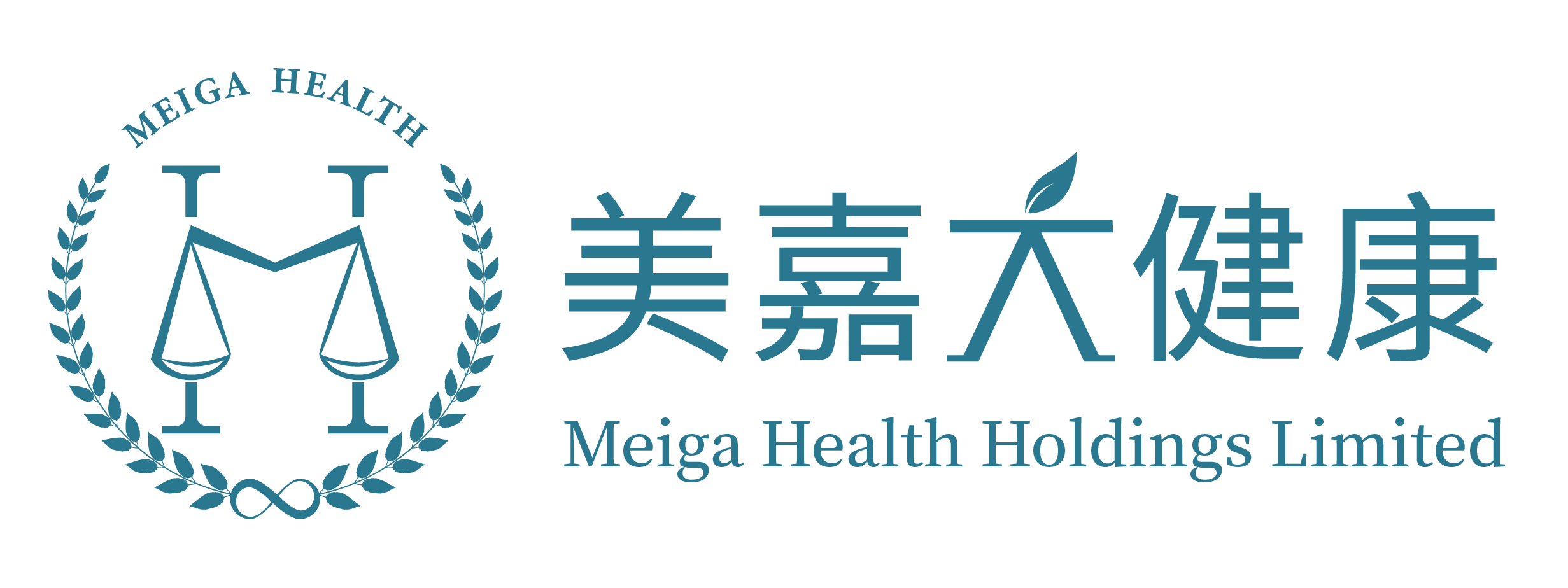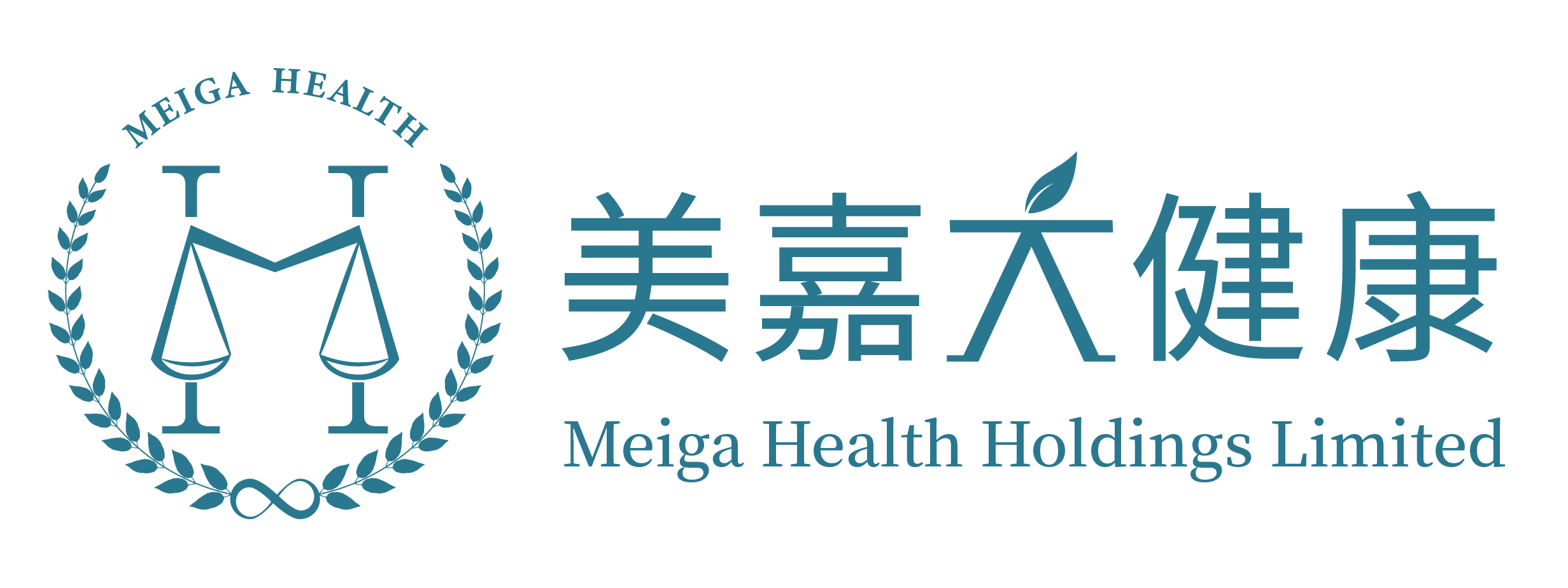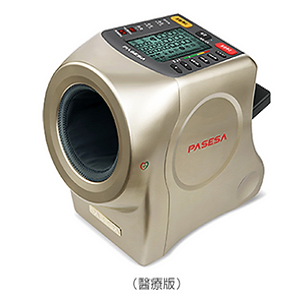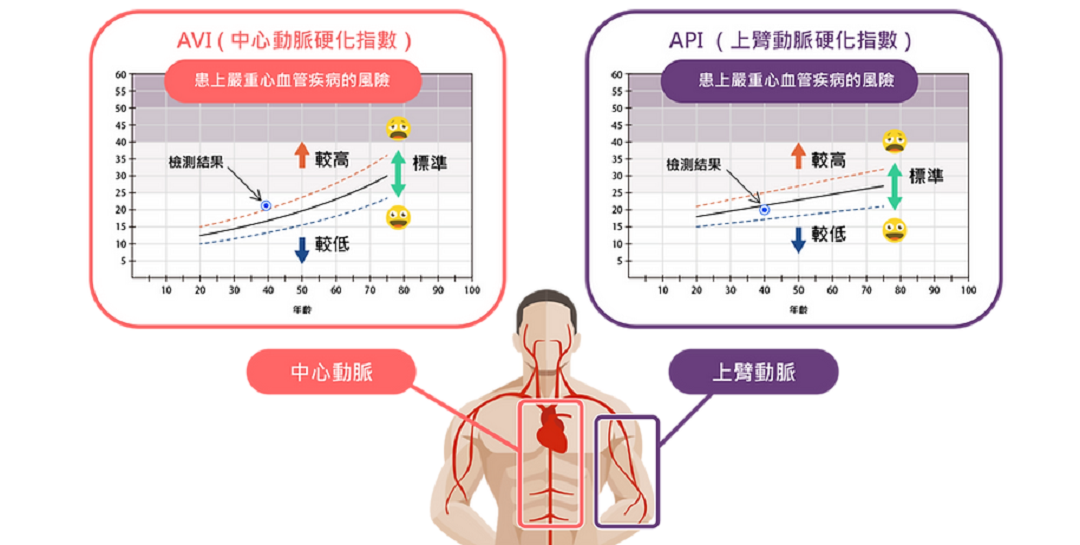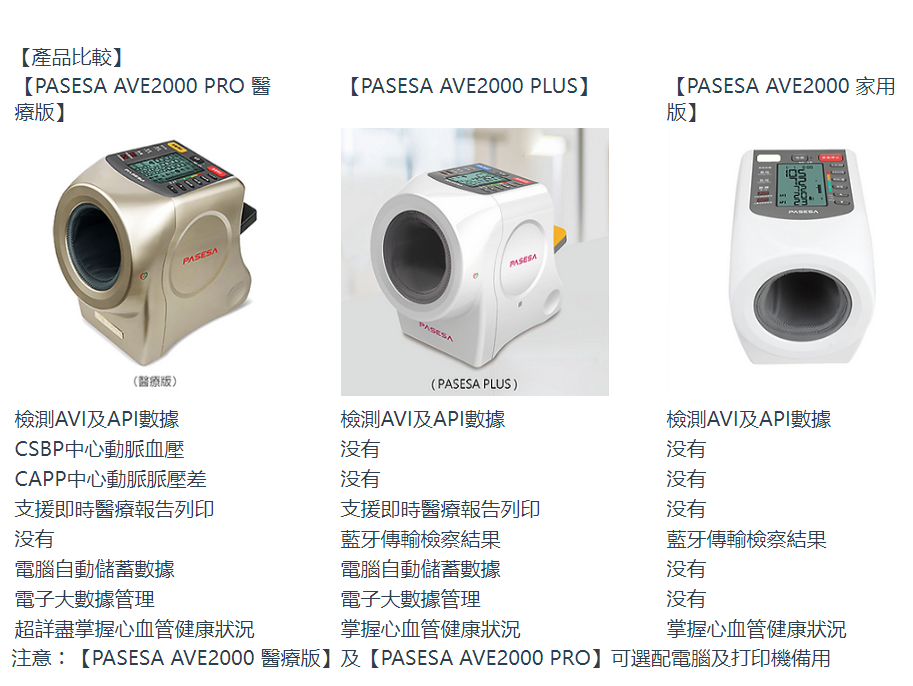Shopping Cart
PASESA AVE2000 PRO Medical Edition
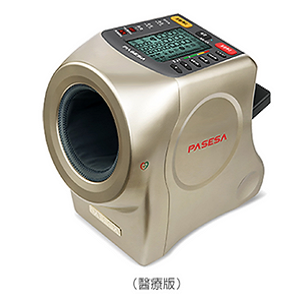
PASESA AVE2000 PRO Medical Edition
The medical version of PASESA with medical-grade measurement functions,
With 13 Japanese and American patented technologies, the measurement process is non-invasive and time-consuming,
Portable design supporting convenient mobile service.
It can be connected to a fast printer/connected to a computer-printer,
convenient
- family clinic,
- Hospital,
- Medical center,
- Clinic,
- Homes for the elderly,
- health Center,
- Health product company
Use, assist analysis through charts
- AVI,
- APIs,
- CSBP,
- CAPP,
- BP and
-Pulse Rate
The data allows you to seamlessly follow up the progress of the curative effect of each individual case.
-------------------------------------------------- ------------
Eight Values of Japan Noninvasive PASESA Arteriosclerosis Detector
Early detection: timely detection of outpatient cardiovascular patients through screening and early intervention
Early treatment: assist medical personnel to prescribe the right medicine to avoid the risk of cerebral infarction, myocardial infarction and pulmonary infarction
Early recovery: Regular clinical check-ups give patients the confidence to stick with treatment
Cardiovascular atherosclerosis detection 3-4 times a week for patients with cardiovascular disease
People with three highs: Screening to avoid the risk of cerebral infarction, myocardial infarction, and pulmonary infarction for people with three highs. (Huge potential cardiovascular patients)
Recovered people: Regular testing to avoid the risk of recurrence of myocardial infarction, cerebral infarction, and pulmonary infarction.
For medical institutions: daily arteriosclerosis detection and establishment of a large cardiovascular health database.
Significantly reduce the government's later medical expenses, improve social productivity, and avoid patients' pain.
PASESA Accurately Detects Cardiovascular Health Status: Early Treatment, Faster Recovery
The medical version of PASESA with medical-grade measurement functions,
Possess 13 Japanese and American patented technologies,
The measurement process is non-invasive,
time consuming,
Portable design supporting convenient mobile service.
It can be connected to a fast printer/computer-printer, which is convenient for family clinics, hospitals, physical examination centers, clinics, nursing homes, health centers, health care products companies,
Help analyze AVI, API, CSBP, CAPP, BP and Pulse Rate data through charts,
Allows you to seamlessly follow up the progress of each individual case.
【Measurement principle】
Arterial stiffness is significantly associated with serious cardiovascular diseases such as high blood pressure, coronary heart disease, kidney failure, and stroke.
As the age increases, the stiffness of blood vessels has been confirmed to increase accordingly, so detecting the stiffness of blood vessels has predictive value in predicting cardiovascular diseases.
It is more important for people with three high levels, sub-healthy people and people with family genetic diseases.
PASESA has detection
Central arteriosclerosis (AVI) and upper arm arteriosclerosis (API)
Two important indicators of cardiovascular stiffness, and these two indicators of cardiovascular stiffness have been confirmed by research to have a significant correlation with the prevention of cardiovascular diseases, including a 2-year study by the University of Tokyo in Japan
-------------------------------------------------- ------------------
| 【AVI Central Arteriosclerosis Index】 |
【API upper arm arterial stiffness index】 |
|
|
According to the characteristics of the pulse waveform and reflected wave phase changes caused by central arteriosclerosis, the degree of central arteriosclerosis is calculated by waveform analysis. The higher the degree of arteriosclerosis, the greater the AVI measurement value will be. The reflection wave of the elderly arrives at the pulse artery earlier, while the young person returns slowly (it does not come back until the diastolic period). The speed of the pulse wave affects the time when the reflection wave returns; The stiffness of the blood vessel itself, the softer it is, the slower it decreases, |
According to the characteristics of the pulse waveform and reflected wave phase changes caused by central arteriosclerosis, the degree of central arteriosclerosis is estimated by waveform analysis. The higher the degree of arteriosclerosis, the greater the API measurement value will be. The reflection wave of the elderly arrives at the pulse artery earlier, while the young person returns slowly (it does not come back until the diastolic period). The speed of the pulse wave affects the time when the reflection wave returns; The stiffness of the blood vessel itself, the softer it is, the slower it decreases, |
|
|
【CSBP central arterial blood pressure】
|
【CAPP central arterial pressure difference】 |
|
|
Two major cardiovascular trials, ASCOT (CAFE) and the Strong Heart sub-study funded by the National Institutes of Health (NIH) announced at the 2005 Scientific Sessions of the American Heart Association The clinical importance of central arterial pressure in assessing cardiovascular risk and drug therapy was established by the results of two studies, both of which showed that central arterial blood pressure was superior to cuff blood pressure.
|
The difference between systolic and diastolic blood pressure in the central artery predicts the risk of cerebral hemorrhage and is also a good indicator of arteriosclerosis in middle-aged and elderly people. An increase in pulse pressure is a sign of high risk of atherosclerosis and cardiovascular and cerebrovascular diseases. Safety range: 20-60 Active and effective treatment measures should be taken to lower the pulse pressure while lowering the systolic and diastolic blood pressure. |
【Patent and Certification】
The PASESA Cardiovascular Stiffness Monitor features the latest measurement technologies, including
Arterial wall stiffness evaluation system,
Electronic sphygmomanometer pulse wave data correction method and
Blood circulation dynamic measurement equipment and so on.
Its patent rights are granted by
USPTO,
Japan Patent Office,
Korean Patent Office,
The State Intellectual Property Office of the People's Republic of China and the State Food and Drug Administration.

*This website supplement products is not registered under the Pharmacy and Poisons Ordinance or the Chinese Medicine Ordinance.
Any claim made for it has not been subject to evaluation for such registration. This product is not intended to diagnose, treat or prevent any disease.
